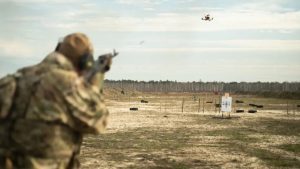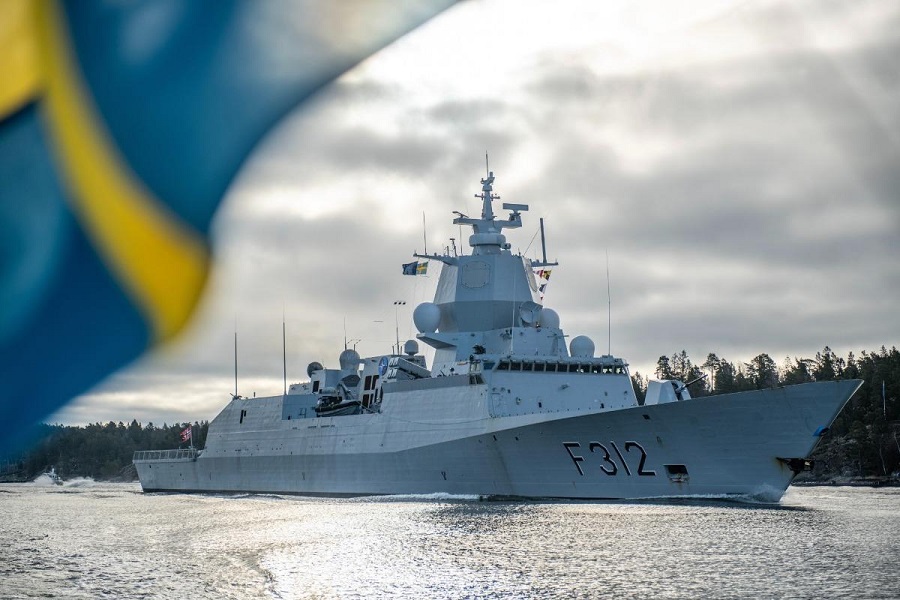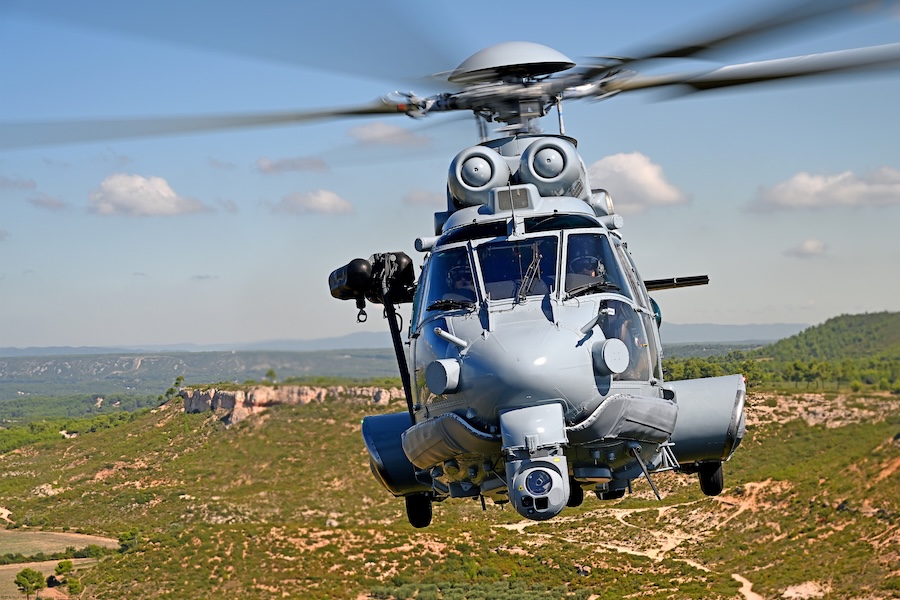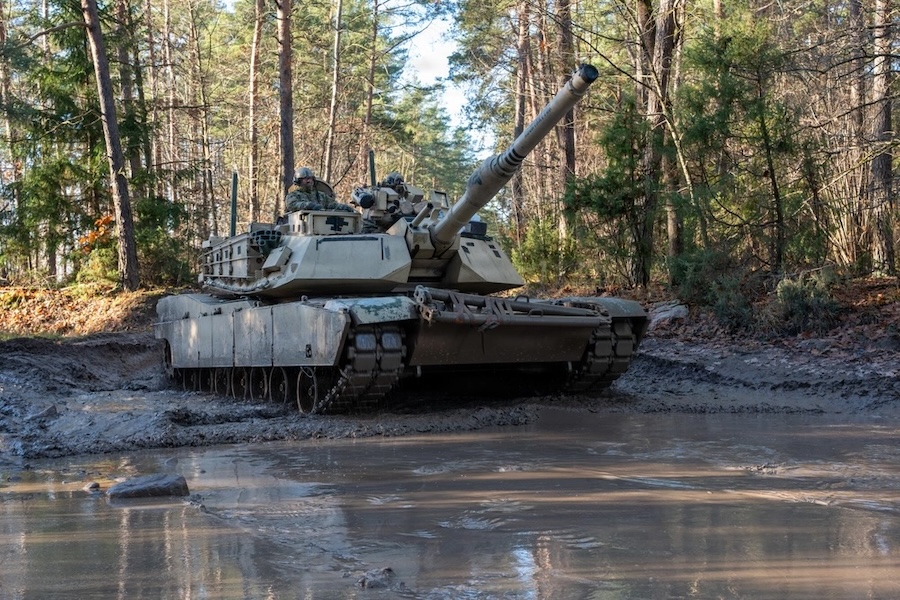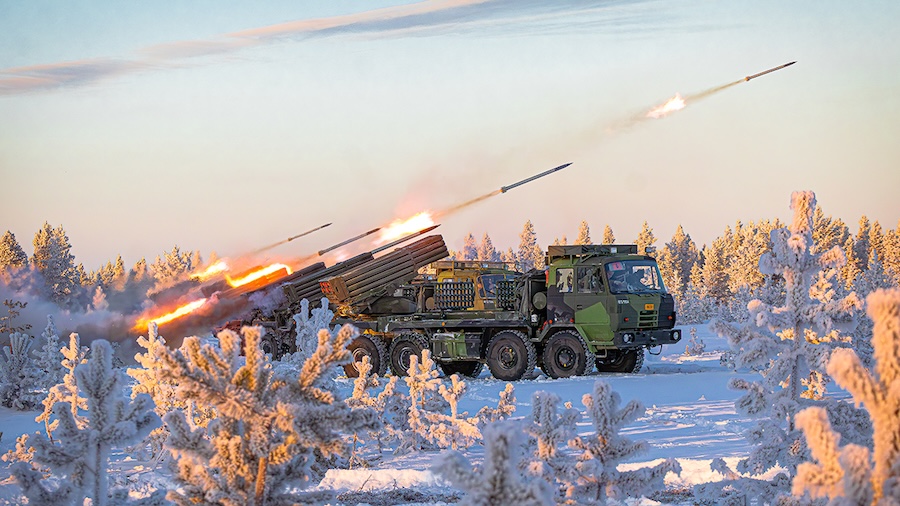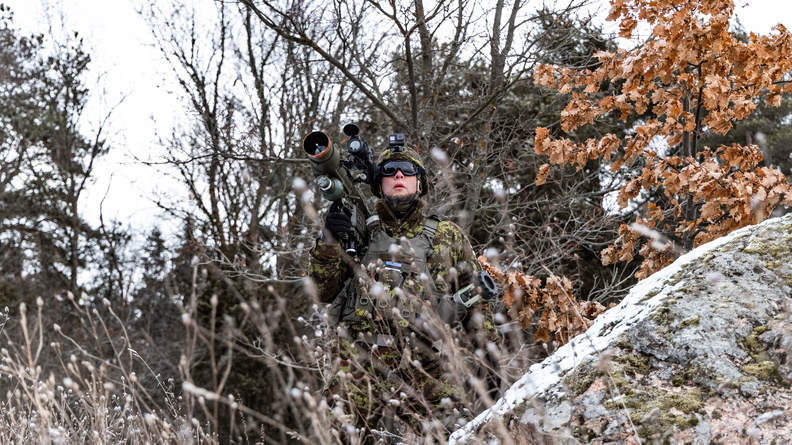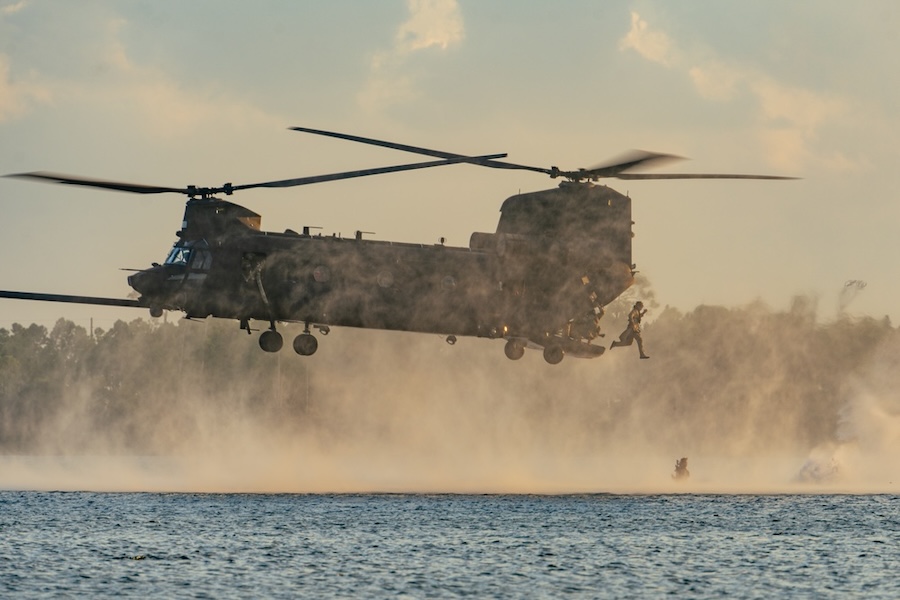“We took a high-speed projectile and did what Dahlgren does best — we shot it from a gun,” said Lyn Thomas, Distinguished Scientist for Surface Engagement Systems (Acting) at NSWCDD. “The new part was studying what happens when the projectile meets a blast wave mid-flight.”
The test aimed to gather data that will improve computer models simulating missile and blast behaviour. Coordinating projectile flight and explosive detonation required precise timing to ensure both events aligned in mid-air.
“As we prepared for the test, there was very little question if we could get the projectile to fly where we wanted it to fly and very little question if we could get the explosive to detonate at the right time,” Thomas said. “It was really about whether we could get those two things to coincide at the right time and place.”
Engineers used shadowgraphy to capture shockwaves as they moved around the projectile, a technique that required perfect alignment to produce usable images. Thomas said, “we had only a tiny window where everything had to line up perfectly.”
The team conducted trial firings and static detonations before the main shots, ensuring all systems performed as planned. During the final tests, onboard sensors and high-speed cameras captured data never previously recorded during a live-fire event.
All components, including the launch package and the projectile’s internal electronics, were designed and built at NSWCDD. “We did all of it right here at Dahlgren,” Thomas said.
The experiment took place at Pumpkin Neck, a range typically used for explosive warhead testing, and brought together gun firing and controlled detonation expertise. The team achieved two to three instrumented shots per day, gathering a large volume of data efficiently.
Although the live test lasted only two days, safety planning required nearly a month as engineers evaluated every possible outcome. Thomas said, “We analyze every possible failure mode and build in layers of protection. Each successful test builds confidence in our process — but nothing ever gets rubber-stamped.”
Thomas noted the collaboration across NSWCDD’s workforce and its broad technical capability. “The interesting thing about Dahlgren is we’re over here doing this type of testing, and across base people are doing computer programming on very complex systems and combat systems work. There is just such a variety of work going on to support the Navy and support all our activities,” he said.
He added that the test was conducted for a customer outside the Navy, emphasising NSWCDD’s wider relevance. “This is an example of Dahlgren expertise that can be applied across the board, which I find very rewarding.”
Source: Naval Surface Warfare Center (press release).










